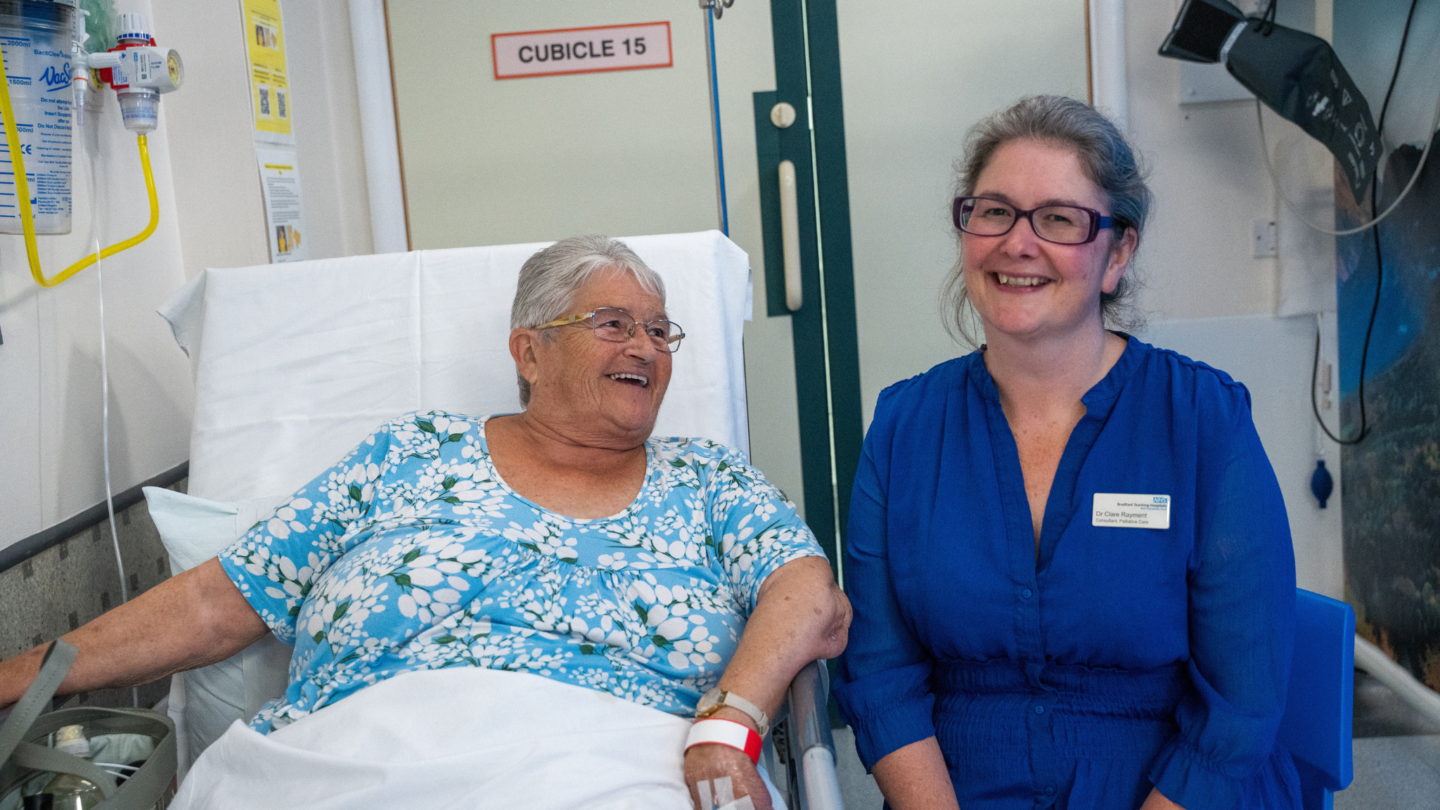
Macmillan: Transforming End-of-Life Care with Social Investment

Why is Macmillan Using Social Investment?
Heather McLean, Director of UK Partnerships at Macmillan Cancer Support summed this up perfectly at a recent roundtable discussion.
Having invested in the Care and Wellbeing Fund, Macmillan set up the End-of-Life Care Fund in 2021 to transform services for people over 18 who are in their last year of life. While traditionally acting as a grant funder, Macmillan recognised the potential of social investment to fund innovation with three key benefits:
- Focus on outcomes not activity
- Leverages resources to greatest effect
- Sparks collaboration across sectors
Focus on Outcomes
Funding services through social investment prioritises measurable improvements in patients’ lives, ensuring efforts are directed towards maximising positive impact. Macmillan have worked hard with partners to establish the key outcome that repayments are tied to in their EOLC investments (sometimes called the ‘payable outcome’ as other non-payable outcomes are also monitored). In this case, the payable outcomes are typically reducing avoidable hospital admissions and reducing the time spent in hospital by patients in their last year of life. This reflects the desires of patients: a survey conducted by ONS reported that 81% of people would prefer to die in their usual place of residence, yet 50% continue to die in hospital. It also reflects the priorities of the NHS: the current flow of patients in their last year of life through Emergency Departments and hospital wards places significant demand on bed capacity and is expensive.
Traditional contracts, particularly within the NHS, place emphasis on delivering set activities and delivering output targets but often struggle to evaluate impact. By focusing on outcomes that are meaningful to both patients and the system, the service providers can focus on delivering the service flexibly to achieve those outcomes.
Leverages Resources
Macmillan are pioneer social investors. As a charity, they are not aiming to generate profits from their investments. But if their funding can be used multiple times over, they are able to significantly increase their reach and impact.
The form of social investment Macmillan provide allows the charity to maximise the value of every charitable pound by recycling ‘outcomes payments’ into the Fund so this money can be reinvested into more service delivery. This means for the same cost to Macmillan they can reach a wider population in need of EOLC services. The current performance of the Macmillan End of Life Care Fund shows leverage of 5 times (e.g. for every £1 invested, £5 service value is created).
Sparks Collaboration
Outcomes-based contracts necessitate close and high-quality partnership working to achieve shared aims. The services and partnership are monitoring outcomes in real time and flexing delivery to achieve desired impact. This requires joint problem solving and active, supportive management of risks and issues. Macmillan prioritise sustainability to create a legacy for their funding. They do this in part by capacity building funded partners around financial and data skills.
The diagram below illustrates the partners, money flows and value creation of the Macmillan EOLC Fund.

Partnering Well Around Social Investment
This final point around collaboration is a crucial one and one we explored in conversation with our Macmillan colleagues, Linsey Lambeth and Lucy-Ann (Lu) Bett. Linsey and Lu have worked closely with applicants to develop projects that are delivering social impact through the Macmillan EOLC Fund. The Fund has had significant interest, receiving over 80 applications with four services already operational and many more in development. This highlights the substantial need and potential impact of this initiative.
Linsey and Lu summarised their key takeaways around working well with applicants and funded partners as follows:
- Working at a system level enables sustainable transformation and galvanises collaboration
- Focussing on outcomes means that patient experience at end of life is central to all decisions made during service development
- Ensuring that equity, diversity and inclusion is at the heart of all developments means that services are accessible to all and tackle the most prevalent health inequalities within each system
- Taking a flexible approach to ensure that programme development and service delivery meet the needs of the local system
- Being an independent voice within programme development has facilitated closer working relationships between local system partners
- Providing additional expert financial, clinical, data analytical and programme support and capacity as part of the EOLC Fund Team offer has enabled development at pace
- Sharing learning between partners has been crucial for setting up services for success
The offer of wrap around support and additional expertise to help with business cases and discussions with Execs is what made this even more appealing and proved invaluable in practice.
Funded Partner
Social investment combines social purpose with a robust investment approach. Investors provide upfront repayable funding for projects that aim to improve social outcomes:
- The investment supports a new or enhanced service, aiming to improve people’s lives through better healthcare. In Macmillan’s case, the focus is on EOLC, offering upfront funding for interventions to support people nearing the end of life and those who care for them.
- The investment aims to create value for the healthcare system. For instance, establishing a new out-of-hours palliative care service could reduce unnecessary trips to emergency departments, freeing up A&E capacity.
- The investor can fund innovation and demonstrate the value of an intervention with the aim of it being sustained by the system. Repayments are contingent on successful outcomes. These payable outcomes are defined at the onset of a project and an outcomes payor is identified, in this case typically an NHS Integrated Care Board or NHS Trust. This model de-risks the proof-of-concept phase for the NHS.

